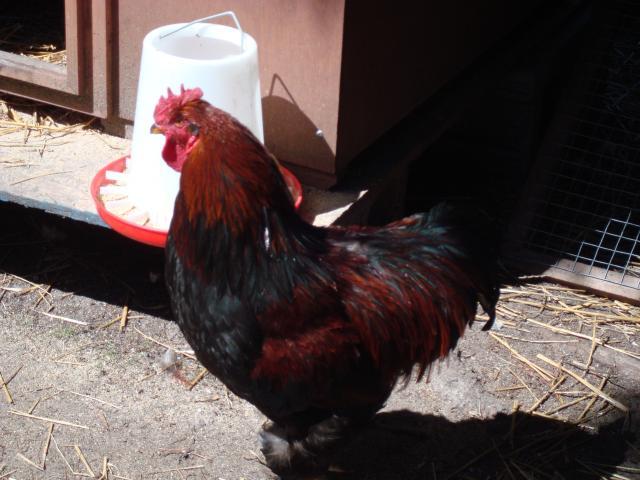- Nov 19, 2009
- 5
- 1
- 7
Hi all - I hope I am not repeating this question but I can't seem to find the answer in other posts.
I have a variety of Bantam Cochins from a hatchery and am trying to understand what is a seperate breed vs a variation in color in the same breed. Basically I only want to keep one rooster and can't seem to figure out which one to keep. To get a White Bantam Cochin must two white bantam cochins's breed ...etc....
What happens if the colors start to interbreed...for example a Partridge Cochin and a White Cochin or a Blue Cochin and a Red Frizzle Cochin? Is there any consistent pattern the way it works with the Blue, black and splash true ameraucanas?
Thanks for help sorting this out or any links to articles about it...I have been putting different things in the search bar for a couple hours and am coming up empty!
Alyson
I have a variety of Bantam Cochins from a hatchery and am trying to understand what is a seperate breed vs a variation in color in the same breed. Basically I only want to keep one rooster and can't seem to figure out which one to keep. To get a White Bantam Cochin must two white bantam cochins's breed ...etc....
What happens if the colors start to interbreed...for example a Partridge Cochin and a White Cochin or a Blue Cochin and a Red Frizzle Cochin? Is there any consistent pattern the way it works with the Blue, black and splash true ameraucanas?
Thanks for help sorting this out or any links to articles about it...I have been putting different things in the search bar for a couple hours and am coming up empty!
Alyson




